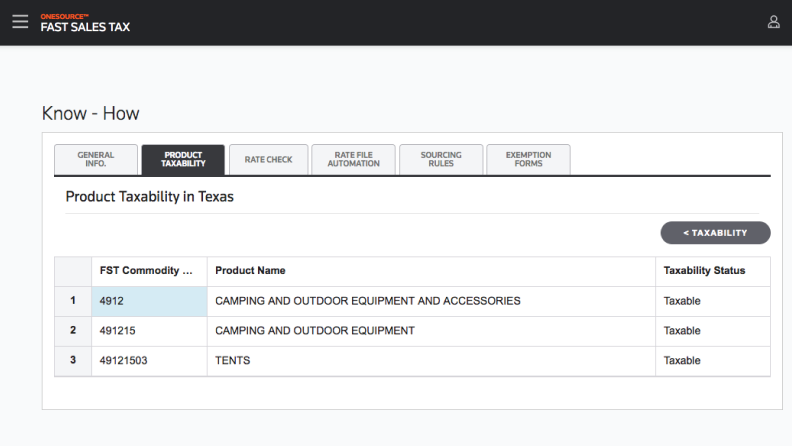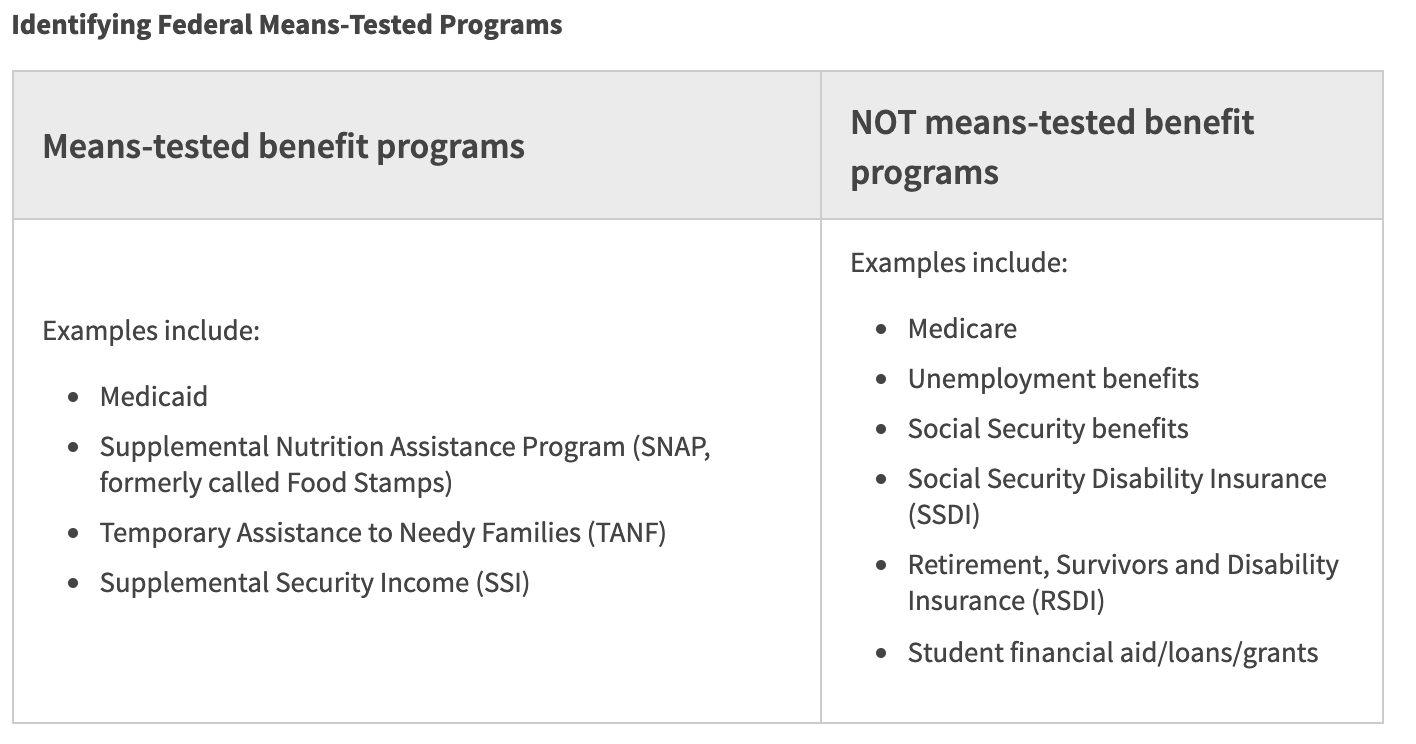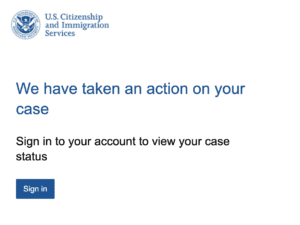EB-5 Set-Asides for Truly Depressed Areas Are Off to a Very Slow Start
In March 2022, Congress revised the EB-5 (immigrant investor) program broadly in an effort to reduce the corruption within it and to make sure that at least 30 percent of the nearly 10,000 visas available to it would be granted for investments in truly depressed areas of this country (which was the visa’s original rationale).
There are two set-asides within the law for projects in really depressed rural areas (20 percent), and urban ones (10 percent), with projects in both areas creating a separate T5 code visa, a visa that is different from the mainline EB-5 visas in that it can be issued without regard to nation-of-origin ceilings, which have seriously backlogged EB-5 visas from China.
Recent State Department data shows that the T5 program is operating at only about 5 percent of its capacity. Here are the numbers:
In the last six months, there were 74 such visas issued against a ceiling (or goal) of 1,500 (which is half of the 3,000 set-aside).
The Department of Homeland Security rarely releases useful statistics on EB-5, a controversial program, but the Department of State does, in its own awkward way. State issues every month a 40-some-page report on all immigrant visas issued of all kinds in all nations. If you use a search tool for T5 visas on these monthly reports, as we did for December 2022 through May 2023, you will find the 74 were issued to people from the following nations:
- China: 33
- India: 31
- Brazil: 6
- Iran: 3
- Taiwan: 1
That 95 percent of the available visas for this subprogram are not used does not mean that international migration has been shaved by the same amount. Not at all — the State Department has elaborate “fall-down” procedures that move unused visas from one category to another to make sure that all numerically controlled visas are used either this year or the next.
Admittedly, the T5 programs are relatively new ones, with new and tighter regulations, and they can be regarded as likely to grow in the future but they are off to a very slow start.
Bear in mind that in the EB-5 program, which gives visas to the investor, his or her spouse, and their less than 21-year-old children, there are usually 2.5 visas per investment (now a minimum of $800,000) so those 74 visas suggest that only about 30 actual projects were funded in this six-month period.
Not very impressive.






